An H bridge is an electronic circuit that enables a voltage to be applied across a motor in either direction. These circuits are often used in robotics and other applications to allow DC motors to run forwards or backwards. Most DC-to-AC converters (power inverters), most AC/AC converters, the DC-to-DC push–pull converter, most motor controllers, and many other kinds of power electronics use H bridges. In particular, a bipolar stepper motor is almost invariably driven by a motor controller containing two H bridges.Most of the H Bridge Circuits are made using 4 transistors.
Sponsor Link
This Project is Sponsored by
UTSource. UTSource is a professional electronic components supplier.
Working of H Bridge
In general an H-bridge is a rather simple circuit, containing four switching element, with the load at the center, in an H-like configuration. The switching elements are usually bi-polar or FET transistors.
In the Figure, above, the two transistors in the left are in complimentary pairs. Similarly the two trasistors in the right are complimentary pair. Complimentary pair means when one turns on, the other turns off, similarly when one turns off, the other turns on.
A
DC Motor has two terminals. When we apply a potential difference across the two, it will rotate in one direction. If we reverse the polarity, it will rotate in the opposite direction. To reverse a DC motor, you need to be able to reverse the direction of the current in the motor. The easiest way to do this is using an H-bridge circuit.
Now lets take an example. Take a look at the Circuit shown below.
Here, S1′ is complement of S1 and S2′ is complement of S2.
Now what happens when S1 and S2 are in the OFF state (Logic Zero)?
S1′ and S2′ will be in the ON state but there wont be any closed path for the current to travel from +ve to gnd.
What if S1 is OFF and S2 is ON?
S1′ Turns on and S2′ turns off. Since there is a closed path, the current flow from +ve terminal, S2, M, S1′ and to the GND. Here, the motor rotates in a particular direction, say clockwise.
When S2 is OFF and S1 is ON?
S2′ Turns ON and S1′ turns OFF. Here the current flows from +ve terminal, S1, M, S2′ and to the GND. Here, we noticed that the polarity at the terminals of the motor is reversed and the motor rotates in the opposite direction.
The Truthtable
S1 S2 S1′ S2′ Motor
1 1 0 0 No Rotation
0 1 1 0 Clockwise
1 0 0 1 Anti Clockwise
0 0 1 1 No Rotation
This is how we control the direction of DC motor Using H-Bridge
L293D Dual H-Bridge IC
L293D is a typical Motor driver or Motor Driver IC which allows DC motor to drive on either direction. L293D is a 16-pin IC which can control a set of two DC motors simultaneously in any direction. It means that you can control two DC motor with a single L293D IC.
In a single L293D chip there are two h-Bridge circuit inside the IC which can rotate two dc motor independently. Due its size it is very much used in robotic application for controlling DC motors. Given below is the pin diagram of a L293D motor controller.
In L293D IC, there are two pins for power supply. One is for the working of the internal circuit of the IC and the other is the power supply for driving the DC motor.
Pin 8 – Motor Power Supply – 5 V to 32 V
Pin 16 – IC power Supply – 5V
If you accidentally reverse this, the IC may Burn Off.
The Left part of the IC Controls the first motor and the Right Part of the IC controls the second motor. For the motor to work, the Enable pin of that side should be at Logic 1.
This pin can be used to control the speed of the motor using PWM ( Pulse Width Modulation),
This is a sample circuit for connecting a motor to the L293D IC.
Theses ICs are now avaliable as modules, which makes it easier for us to readily apply it to our project.
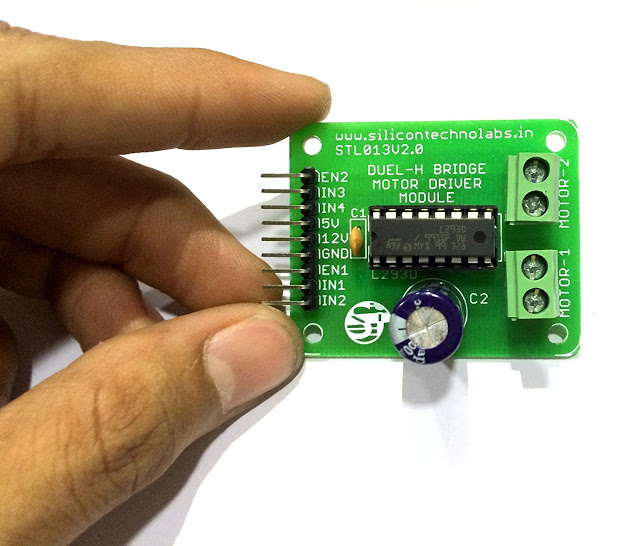
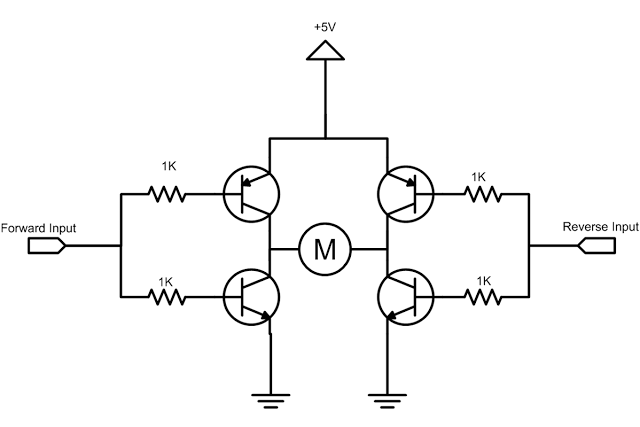
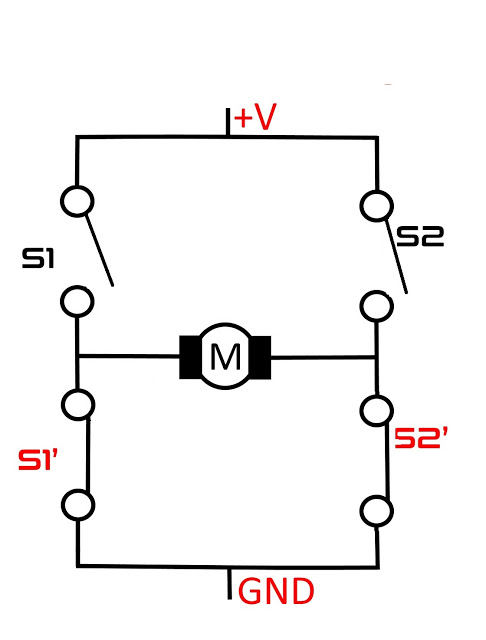
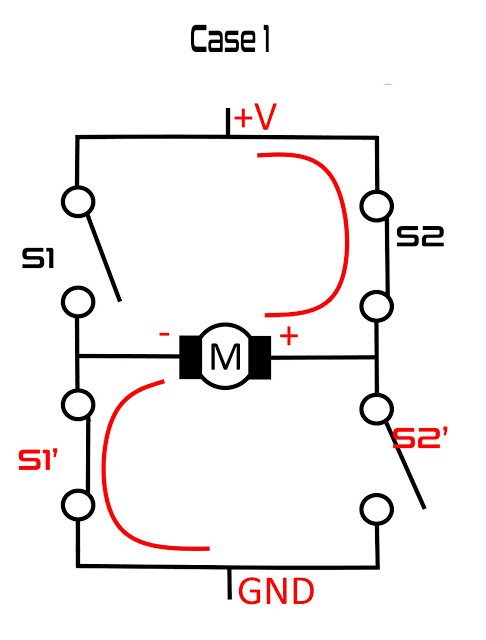
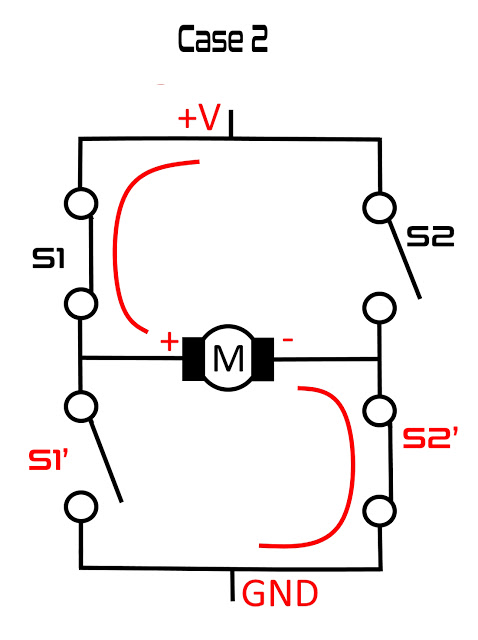
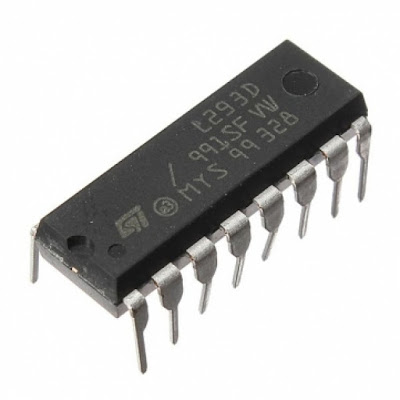
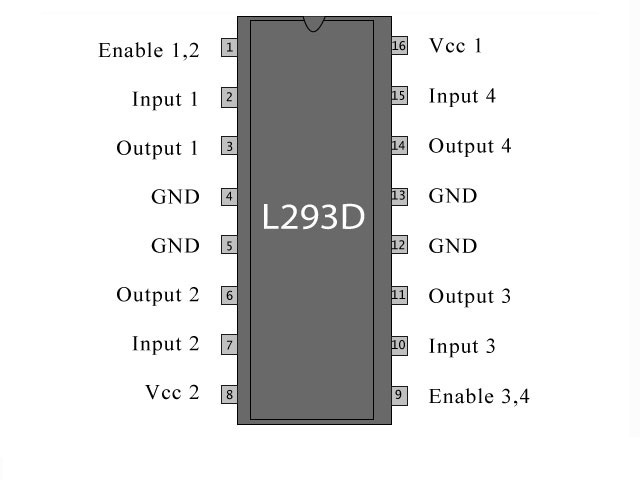
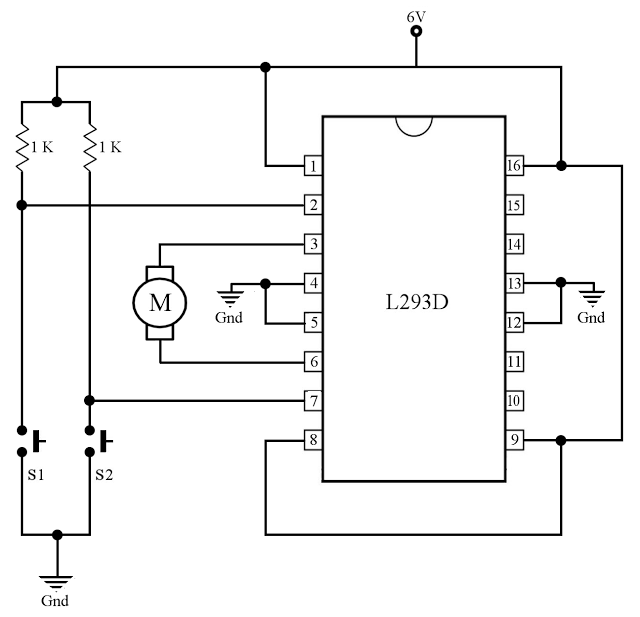

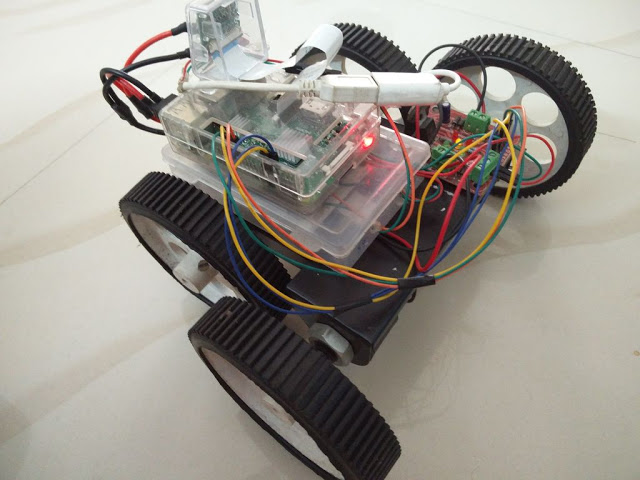

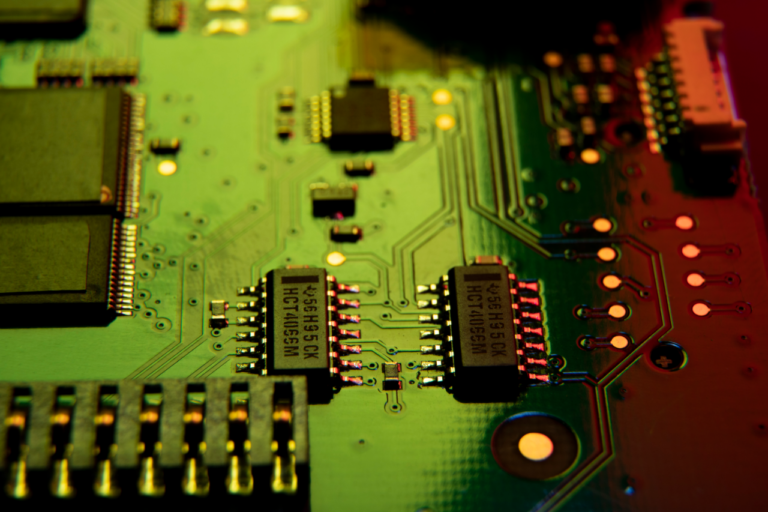
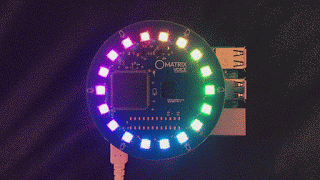

One more issue is video games are typically serious as the name indicated with the main focus on studying rather than enjoyment. Although, it has an entertainment feature to keep your young ones engaged, every single game is generally designed to work towards a specific experience or programs, such as math or research. Thanks for your publication.